
Lawrenceville Plant Health Care
Maintaining the Health of Outdoor Plants in the Atlanta Metro Area
At ArborForce Tree Services, we understand that trees are more than just beautiful additions to your property, they're vital components of our ecosystem. Our comprehensive plant health care services are designed to ensure your trees thrive in every season. From soil care and root collar excavation to pest control and disease management, our team of experts provides the customized care your trees need to flourish. We combine cutting-edge techniques with a deep respect for nature to promote the health, longevity, and resilience of your trees.
Invest in the well-being of your trees with ArborForce Tree Services– your trusted partner in plant health care in Lawrenceville. Call (470) 319-6625 or contact us online for a free estimate.
What Is Plant Health Care?
Plant health care is a proactive and holistic approach to maintaining the vigor and longevity of trees and shrubs. It's about more than just addressing immediate problems. It's about fostering the long-term health and resilience of a landscape. At ArborForce Tree Services, our plant health care services delve deep into the needs of trees, considering factors like soil condition, nutrient levels, pest presence, and potential diseases. We utilize a combination of advanced techniques, including soil analysis, targeted fertilization, integrated pest management, and disease diagnosis and treatment. By understanding the unique needs of each plant, we can create a customized plan to promote healthy growth, enhance their natural defenses, and ensure they thrive for years to come.

Hear From Our Happy Customers
At ArborForce Tree Services, your satisfaction is our priority! See for yourself what our customers have to say about working with us.
-
 “I cannot say enough great things about ArborForce!”
“This is the 2nd project I've used them for in the past 3 years & I'll use them again in the future. I had 10 big pine trees down in a small space & they were so careful with my property. The pricing was also very competitive!”- Kelsey W.
“I cannot say enough great things about ArborForce!”
“This is the 2nd project I've used them for in the past 3 years & I'll use them again in the future. I had 10 big pine trees down in a small space & they were so careful with my property. The pricing was also very competitive!”- Kelsey W. -
 “Great job!”
“ArborForce pulled a tree off a roof and returned to take 5 more trees for me. The trees were in a very tight place. The crew was very disciplined and precise as not to damage houses or vegetation. Customer service always answered the phone!”- Gary B.
“Great job!”
“ArborForce pulled a tree off a roof and returned to take 5 more trees for me. The trees were in a very tight place. The crew was very disciplined and precise as not to damage houses or vegetation. Customer service always answered the phone!”- Gary B. -
 “ArborForce Tree Services did a phenomenal job for us!”
“We needed five very tall trees removed, stumps ground and all of the chips and debris removed. ArborForce did this exceptionally well and at a very good price. I definitely recommend this company.”- Cathy C.
“ArborForce Tree Services did a phenomenal job for us!”
“We needed five very tall trees removed, stumps ground and all of the chips and debris removed. ArborForce did this exceptionally well and at a very good price. I definitely recommend this company.”- Cathy C. -
 “Excellent experience!”
“They removed a diseased cherry tree that was very close to my house. They also did the stump grinding for it. I also had them remove several limbs from other trees. Everyone I spoke to was helpful. They returned calls promptly with excellent communication!”- Charles J.
“Excellent experience!”
“They removed a diseased cherry tree that was very close to my house. They also did the stump grinding for it. I also had them remove several limbs from other trees. Everyone I spoke to was helpful. They returned calls promptly with excellent communication!”- Charles J. -
 “Cannot recommend them highly enough!!”
“Cleared 2-3 foot strip of a 200+ foot boundary between my house and neighbor's house. Came on time, did a GREAT job, and cleaned up thoroughly after the job was finished.”- Bart L.
“Cannot recommend them highly enough!!”
“Cleared 2-3 foot strip of a 200+ foot boundary between my house and neighbor's house. Came on time, did a GREAT job, and cleaned up thoroughly after the job was finished.”- Bart L. -
 “I highly recommend them!”
“I have used Arbor Force three different times to have trees cut down in our yard. They are very professional and go above and beyond.”- Monica G.
“I highly recommend them!”
“I have used Arbor Force three different times to have trees cut down in our yard. They are very professional and go above and beyond.”- Monica G. -
 “I would use then again!”
“Very professional in every aspect of their business. From start to finish, everything went like clockwork. The takedown was quick and the cleanup was super!”- Bob F.
“I would use then again!”
“Very professional in every aspect of their business. From start to finish, everything went like clockwork. The takedown was quick and the cleanup was super!”- Bob F. -
 “Arbor Force is fantastic!”
“These guys did the impossible by removing dead trees without touching the surrounding dogwoods. They were prompt, courteous and totally professional. Highly recommended.”- David H.
“Arbor Force is fantastic!”
“These guys did the impossible by removing dead trees without touching the surrounding dogwoods. They were prompt, courteous and totally professional. Highly recommended.”- David H.
How Our Arborists Determine Plant Health
Understanding the health of trees requires a keen eye and in-depth knowledge of arboriculture. Our ISA-certified arborists are trained to assess the overall vitality of trees through a comprehensive evaluation process.
Here's how we determine plant health:
- Visual inspection: We meticulously examine the tree's structure, foliage, and trunk, looking for signs of disease, pests, or structural weaknesses.
- Soil analysis: We evaluate the soil's composition, pH levels, and nutrient content to understand the foundation of the tree's health.
- Environmental assessment: We consider the tree's surroundings, including sun exposure, water availability, and potential stressors like construction or pollution.
- Diagnostic resting: When necessary, we utilize advanced tools and techniques, such as resistograph readings or lab analysis, to diagnose specific issues.
By combining these methods, our arborists develop a comprehensive understanding of a tree's health, enabling us to recommend the most effective care strategies to ensure its longevity and vitality.
Common Signs of Plant Disease
Recognizing the signs of tree disease is crucial for early intervention and effective treatment. While some symptoms may be subtle, others are more apparent and can signal a serious threat to a tree's health. Becoming familiar with these common indicators can help property owners protect their valuable landscape.
Here are some key signs to watch out for:
- Leaf discoloration or spotting: Unusual yellowing, browning, or black spots on leaves can indicate fungal infections, nutrient deficiencies, or pest infestations.
- Premature leaf drop: If leaves are falling outside of the normal autumn season, it could signify stress, disease, or root problems.
- Wilting or drooping branches: This can be a sign of insufficient water uptake, root damage, or vascular diseases.
- Cankers or lesions on bark: These sunken or discolored areas on the trunk or branches may indicate fungal or bacterial infections.
- Presence of fungal growth: Shelf-like structures, mushrooms, or powdery mildew on leaves or bark are clear signs of fungal activity.
- Dieback of branches or crown: Gradual or sudden death of branches, especially starting from the tips, can signal various diseases or environmental stress.
If any of these symptoms are noticed, it's essential to contact a certified arborist for a professional diagnosis and prompt treatment to prevent further decline and potential tree loss.
Don't wait for signs of distress – protect your trees today! Contact us at (470) 319-6625 for a comprehensive assessment and customized plant health care in Lawrenceville.
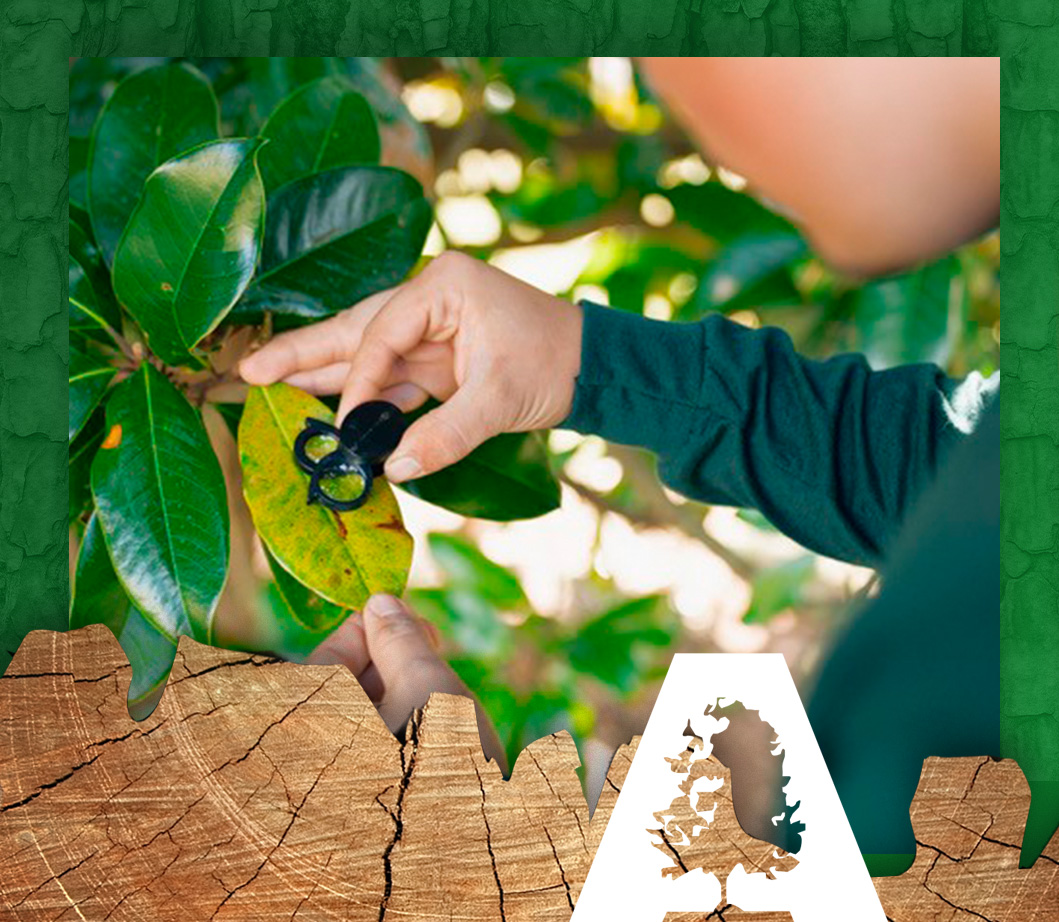
Tree Risk Assessments
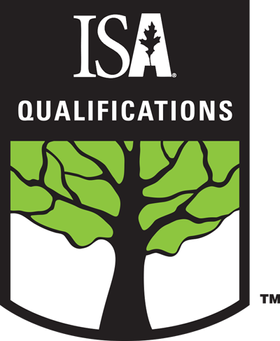
- What is it?
A Tree Risk Assessment (TRA) as the name suggests assesses the risk probability of targets beneath or surrounding the tree. - Who is it for?
TRA’s can be for any tree but are usually suggested when there is concern that a tree poses a risk of failure and may cause harm if it were to fail. - Why do I need this?
TRA’s are needed when the arborist is unable to make a concrete recommendation from a visual inspection of the tree. Additionally, some city municipalities may require a TRA in order to secure a removal permit.
Plant Regulator
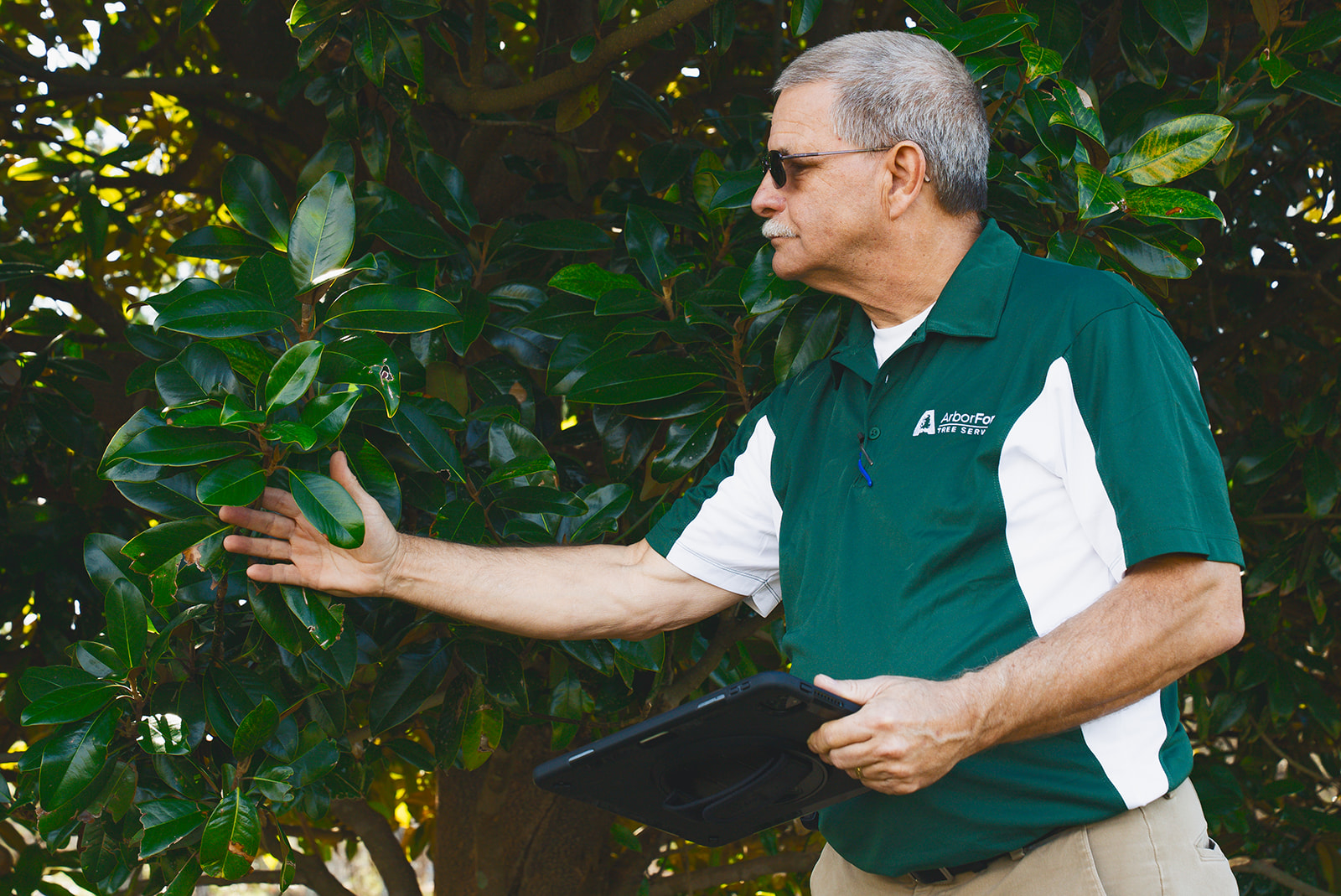
- What is it?
A product that redirects where the energy within the plant is sent. - What plants does it benefit?
Most species of trees and some shrubs within our urban and natural landscapes
Why do I need this?
- Increase the root system
- Increase disease and insect resistance
- Improve overall health and visual appeal
- Reduce overgrowing shoots
Primary effect of plant regulator:
- Redirect the plants energy usage from one area to another
- The plant’s root system is the primary location to move this energy
With a healthy root system, the plant is better able to access nutrients and water making the plant healthier and more drought tolerant.
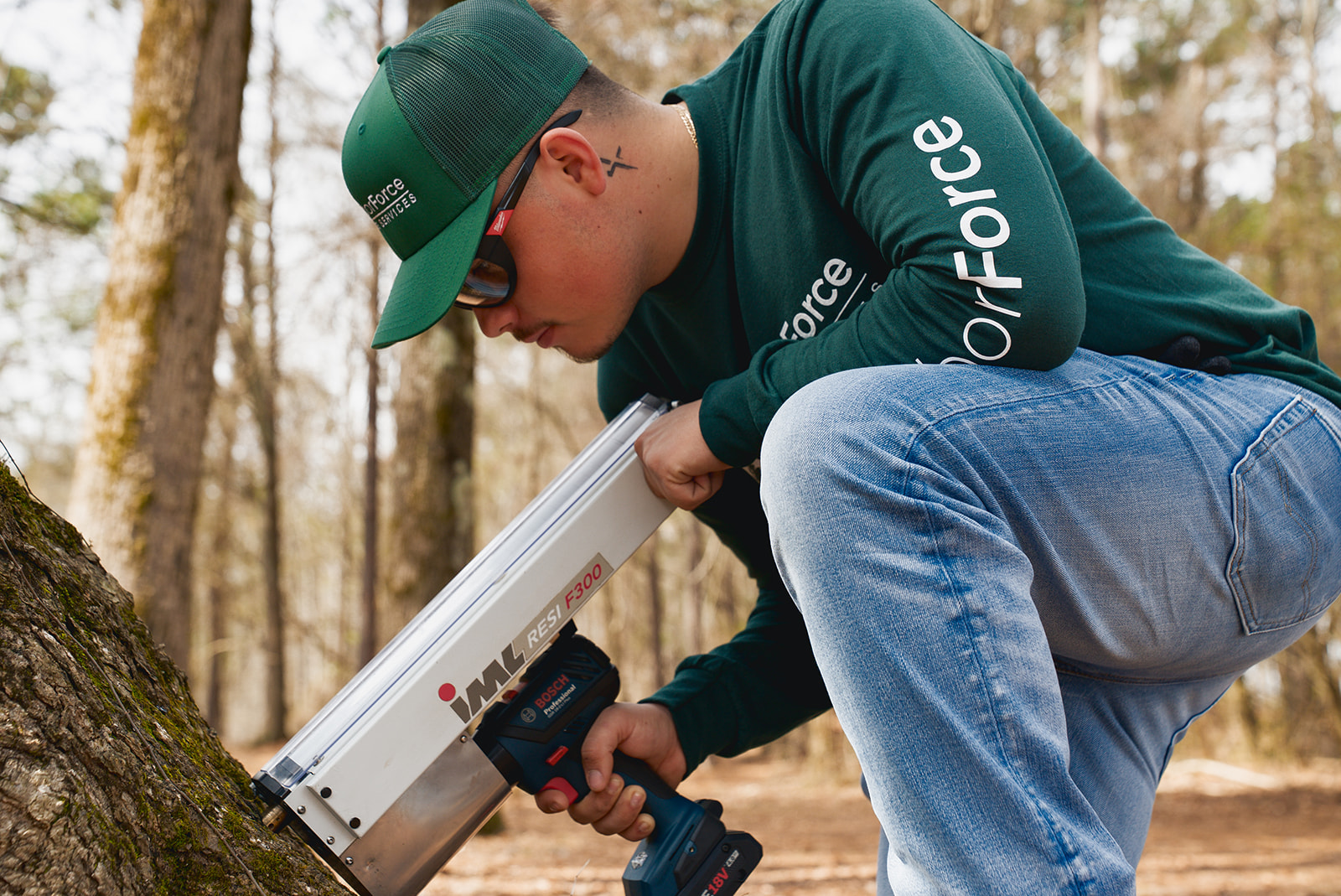
Root Collar Excavation
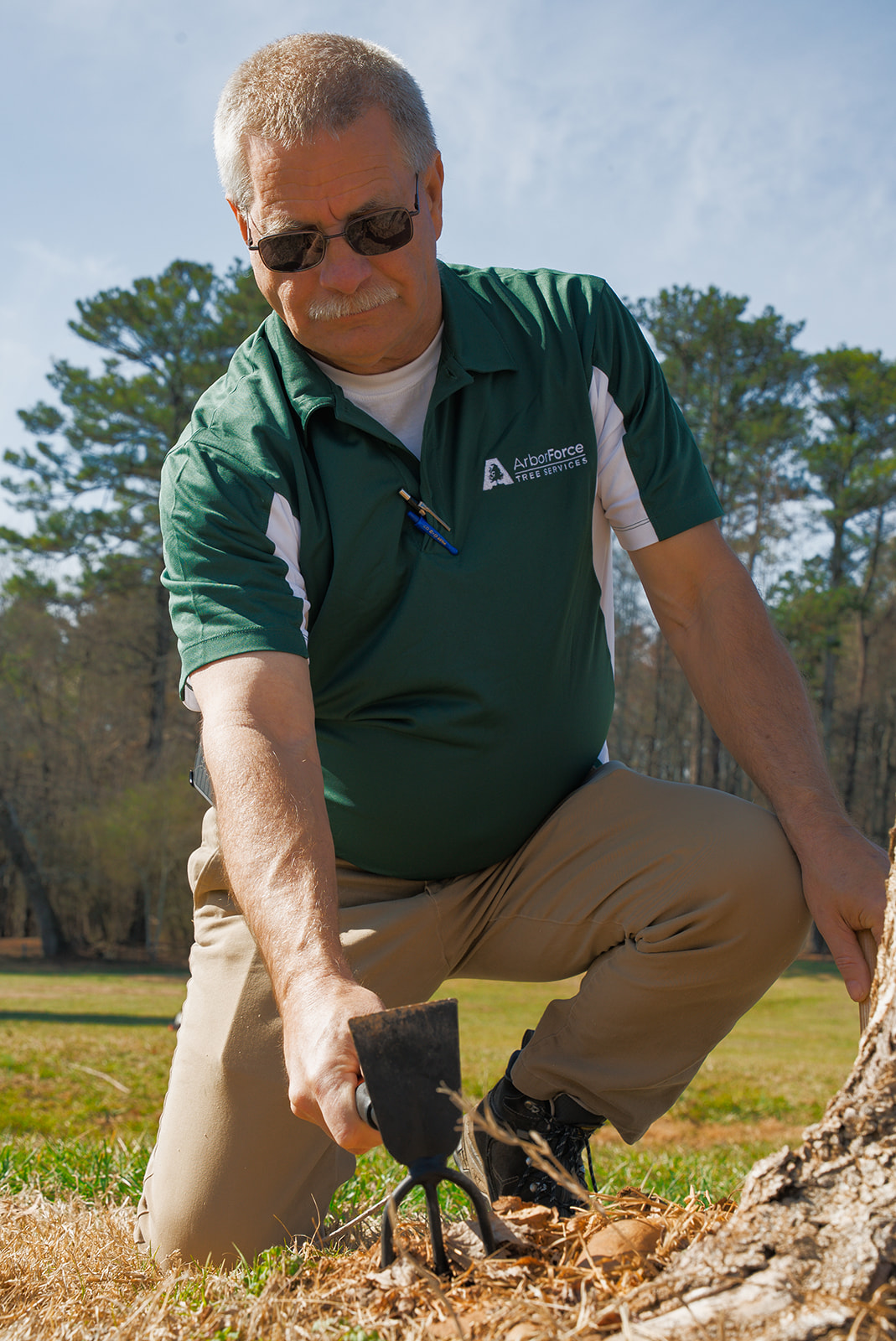
What is it?
A Root Collar Excavation (RCE) is the process of removing the excess:
- Soil
- Mulch
- Root mass from around the root collar of the tree
Who is it for?
- If a tree looks like a telephone pole going into the ground this treatment is needed.
- Trees are meant to flare out at the base if you do not see this then that tree needs an RCE.
Why do I need this?
- Buried root collars can cause numerous issues for the tree which can show as branch dieback, wilting, discoloration of the leaves, and several others.
Phytophthora Canker
What is it?
- A pathogen that causes decay on the outside of the tree
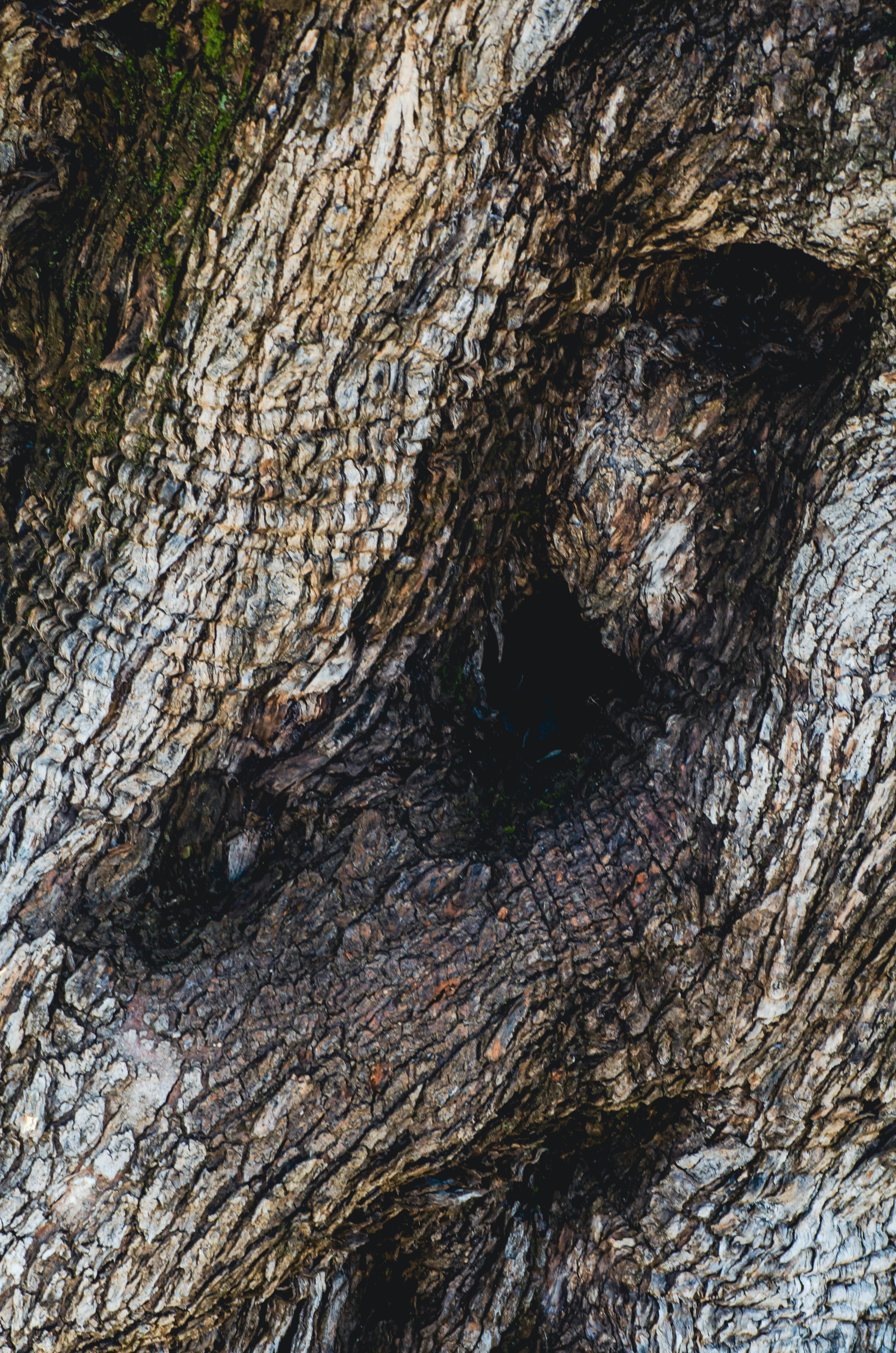
Who is it for?
- This treatment is only recommended when the pathogen is present and active along the trunk of the tree
Why do I need this?
- If treated early, this disease can be managed to reduce or eliminate further decay
Systemic Insect Treatments
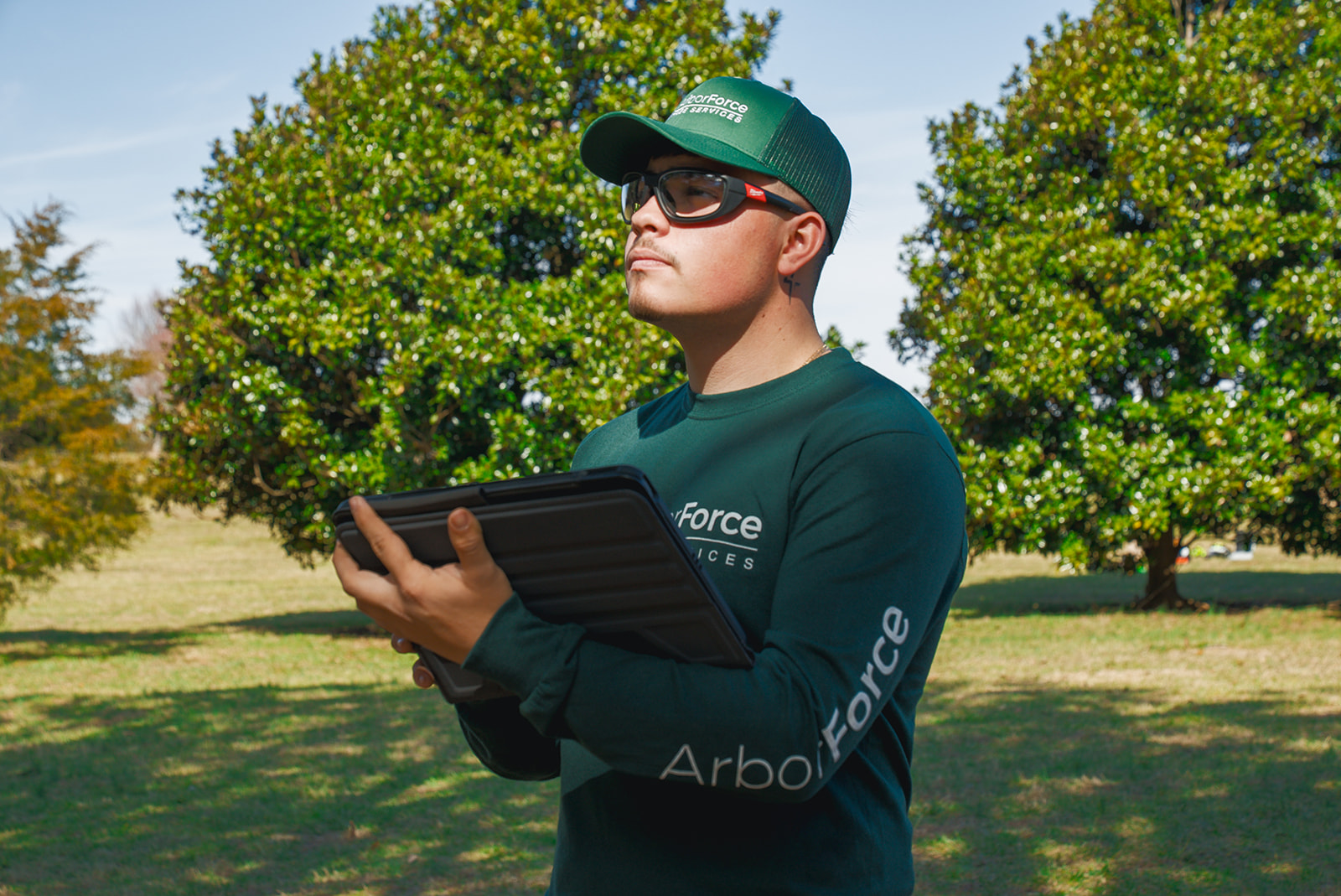
What is it?
- Systemic insect treatments refer to any treatment where the insect is controlled by a product that is taken up by the roots and dispersed throughout the plant.
Who is it for?
- This treatment is recommended as either an initial treatment to aid a biological control program or as the primary insect control for pests that can not be controlled by biological control.
Why do I need this?
- In many cases biological control can be ineffective if the pest population is too high. Thus systemic treatments are used to reduce the pest population to manageable levels.
Bark Beetle Treatment
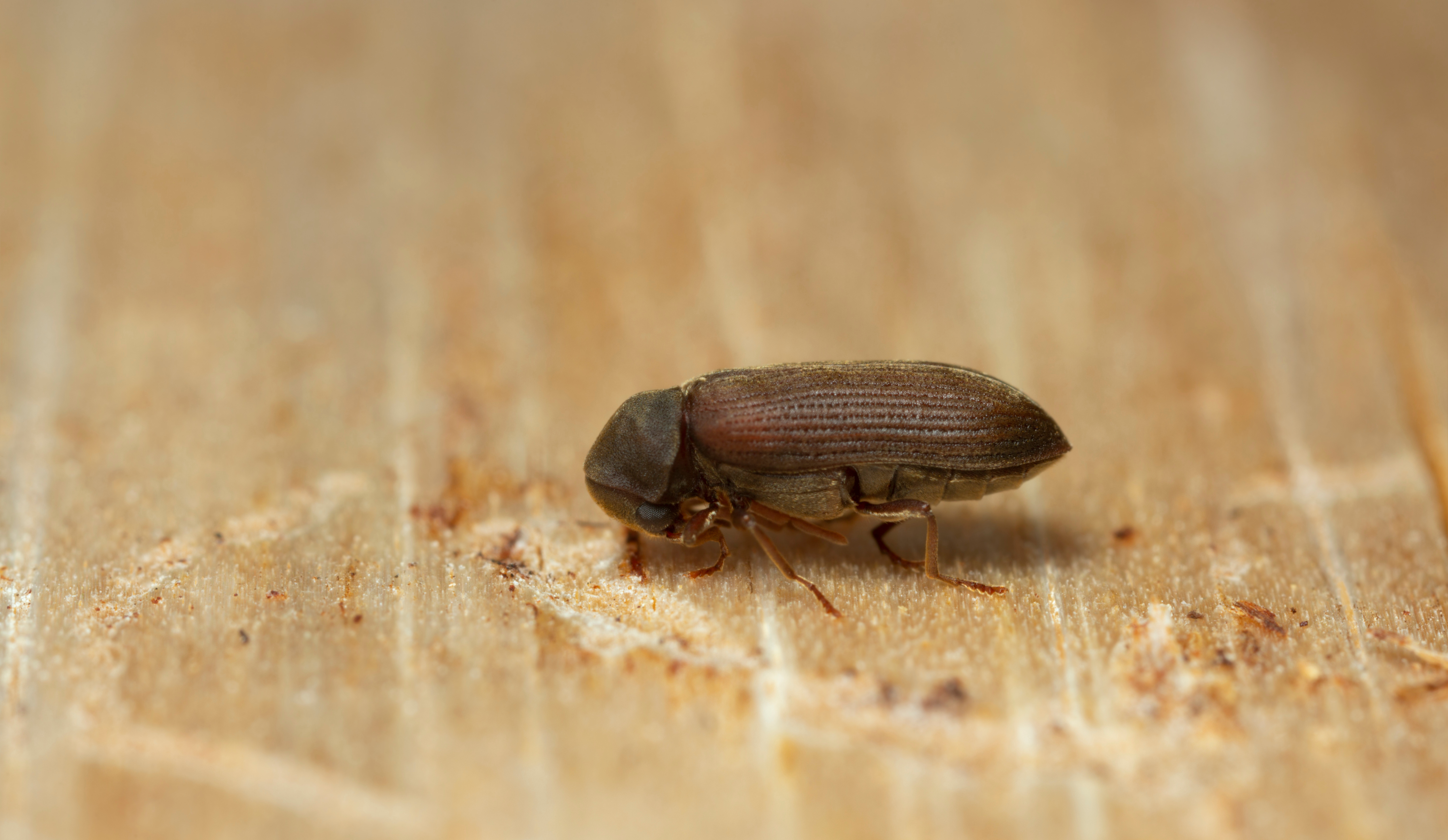
What are they?
- A group of beetles that bore their way into a tree in order to feed and procreate
When to treat for them?
- Trees with active bark beetles
- Trees with recent damage (construction, lightning strike, etc.)
- Trees which are irreplaceable or sentimental
Why do I need this?
- Untreated, the tree is likely to decline and potentially die due to damage from the beetles
Soil Care Additional Information
Every tree within our urban environment has some level of poor soil health affecting it. In order to build our homes and streets, we have to first remove the soft upper layers of soil so that we can build on a solid foundation.

*Those upper layers of soil contain the vast majority of nutrients needed to sustain a healthy tree.*
Upper topsoil layers takes between 100-500 years/inch to naturally form.

Trees in most of our urban environments are essentially eating the equivalent of fast food every day of their life. It sustains them yes, but it also shortens their lifespan and makes them more likely to get sick.
*Providing soil care to your trees is similar to you having a healthy diet*
Biological Control
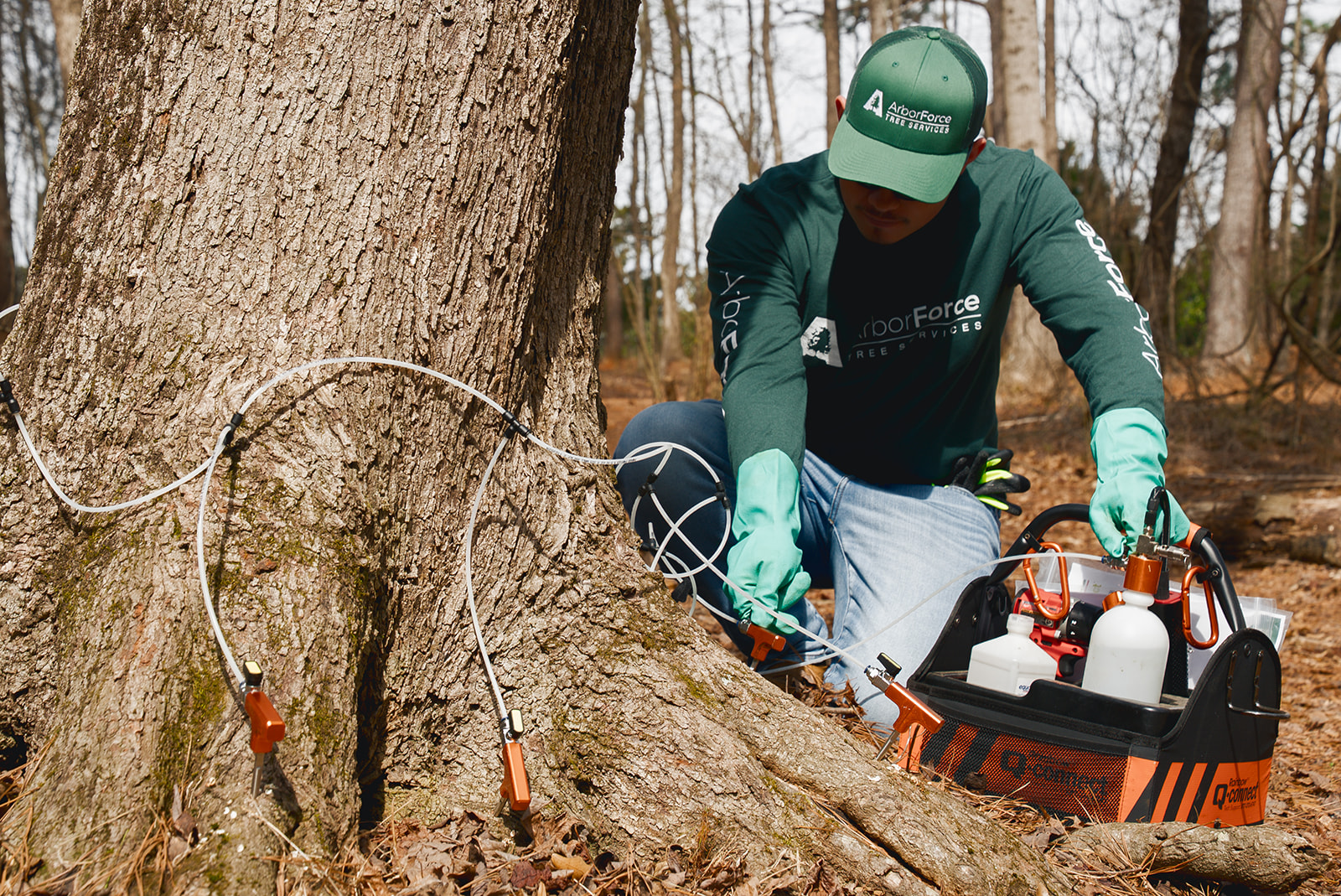
What is it?
- The use of insect predators to control unwanted pests
Who is it for?
- For anyone who is looking for a natural alternative to traditional insect control
Why do I need this?
- If you have insects harming your plants, then this is a safe solution to protect your plants and allow them to thrive.
Soil Care
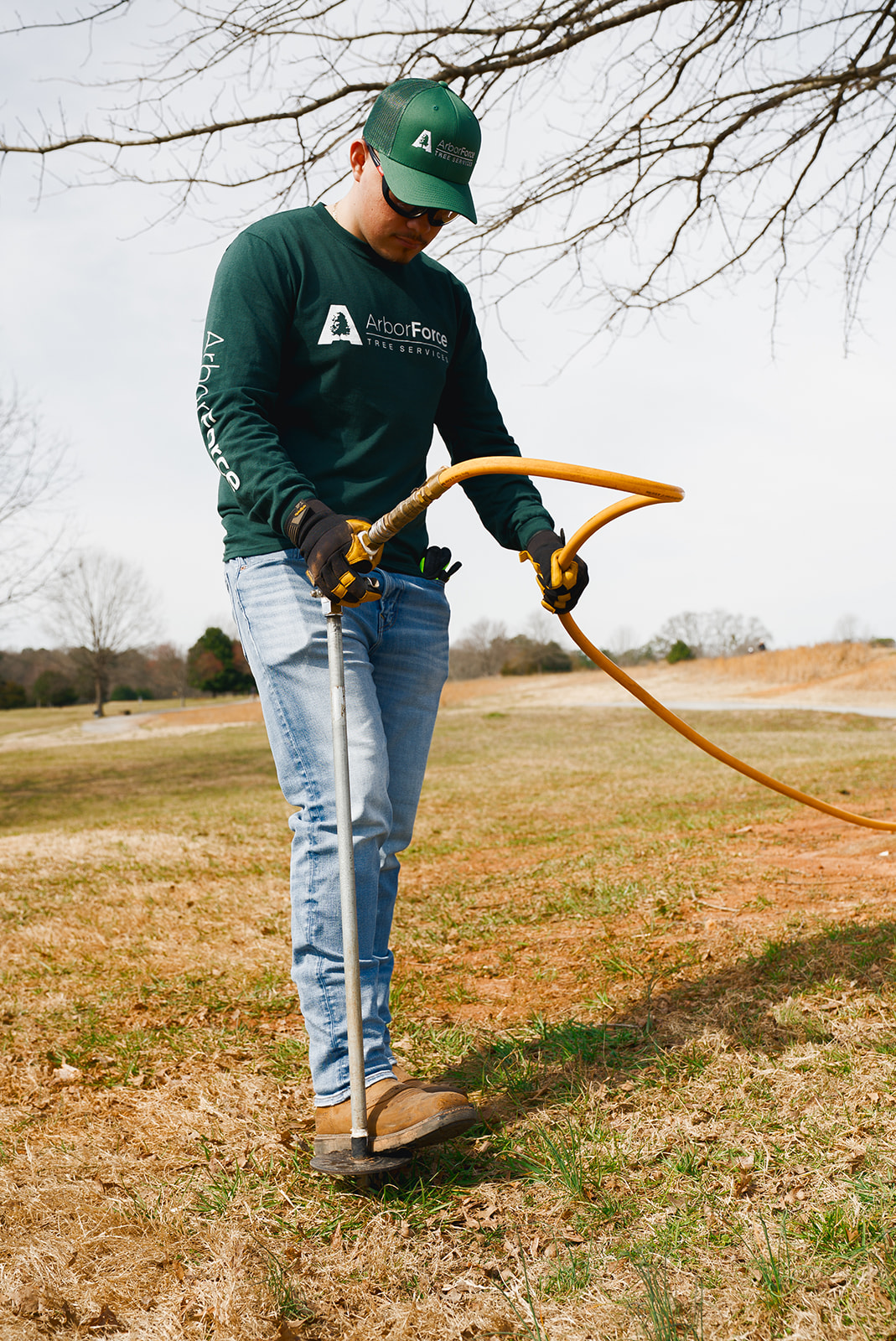
What is it?
- Adjustment of soil nutrients
- pH adjustments
- Mimics the tree’s natural environment
Who is it for?
- Anyone and everyone
- Around your house, the neighborhood park
- *Most all of our environments are lacking in proper nutrients for our trees.
Why do I need this?
- Increase drought resistance
- Increase disease and insect resistance
- Induce a healthier root structure and overall healthier canopy
